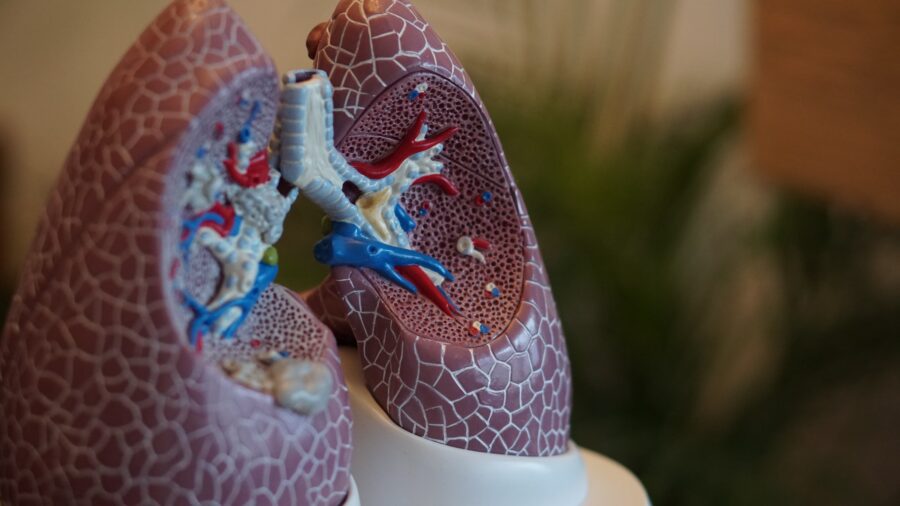Health
Long-term lung damage may be explained by study of COVID dead

WHAT YOU NEED TO KNOW:
- New research discovered that “long Covid” occurring among people who had recovered from the virus may be due to abnormal cells that still lingered in the lungs for a long time.
- Sample analysis from 41 people who have died from the virus in Italy showed how much damage COVID-19 has brought to the lungs.
- ‘Long Covid’ refers to recurring symptoms like fatigue and brain fog experienced by people who have recovered from the virus.
Extensive damage found in the lungs of people who have died from COVID-19 may serve as a guide for scientists in understanding what causes the commonly called “long Covid”, the condition where patients suffer recurring symptoms of the virus which can go on for months.
Results of research published in the journal Lancet eBioMedicine found unique traits of SARS-CoV-2, the virus causing COVID-19 which possibly explains the massive damage it inflicts.
“The findings indicate that COVID-19 is not simply a disease caused by the death of virus-infected cells, but is likely the consequence of these abnormal cells persisting for long periods inside the lungs,” said study co-author Mauro Giacca, a professor at King’s College London.
In the study, scientists analyzed tissue samples from the lungs, heart, liver and kidneys of 41 deceased COVID patients at Italy’s University Hospital of Trieste from February and April 2020.
While outcomes did not reveal signs of viral infection or inflammation in other organs, the team found massive damage in the lungs with almost all of the healthy tissues nearly replaced by scar tissue.
“It could very well be envisaged that one of the reasons why there are cases of long COVID is because there is vast destruction of lung (tissue),” Giacca told Reuter, adding that even if a person recovers from Covid, the damage has already been done.
There had been growing evidence from across the globe that suggests that some people who had recovered from COVID-19 experienced “classic post-critical illness symptoms” such as fatigue, brain fog and shortness of breath.
Giacca added that of the 41 patients, nearly 90 percent exhibited characteristics consistent with COVID-19 compared to other types of pneumonia.
One characteristic was extensive blood clotting of the lung arteries and the abnormal size of some lung cells caused by a process called syncytia where different cells bind into single large cells.
Lastly, findings also discovered that the virus was still present in several types of cells.
“The presence of these infected cells can cause the major structural changes observed in lungs, which can persist for several weeks or months and could eventually explain ‘long COVID’,” Giacca said.
Source: New York Post
